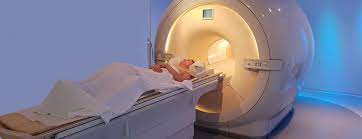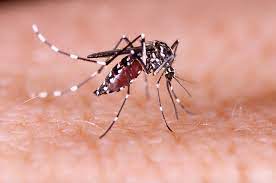A recent study published in the Journal of the American College of Radiology has revealed a surprising contributor to climate change: unnecessary medical imaging scans. Researchers found that excess MRI, CT, X-ray, and ultrasound scans, particularly among Medicare recipients, generate a substantial carbon footprint.
The study, which analyzed data from nearly 30 million Medicare beneficiaries between 2017 and 2021, estimated that unnecessary imaging scans alone contribute up to 129 metric kilotons of carbon dioxide emissions annually. This is equivalent to powering a town of over 70,000 people.
“Our analysis demonstrates the potential to meaningfully reduce our carbon footprint by decreasing unnecessary imaging orders,” stated Elizabeth Rula, executive director of the Harvey L. Neiman Health Policy Institute.
The researchers used a previous study’s estimate that approximately 26% of imaging scans for Medicare patients are inappropriate, to calculate the associated carbon emissions. Their findings showed that MRIs contributed up to 136 kilotons, CT scans up to 178 kilotons, X-rays 46 kilotons, and ultrasounds 23 kilotons in emissions.
“The high-end estimates also included the energy required when the scanners are in stand-by mode or in production phase between scans,” explained lead researcher Dr. Gregory Cavanagh from Lahey Hospital & Medical Center.
The study emphasized that cutting down on unnecessary CT scans, which contributed about half of the excess emissions, and MRIs, which contributed another quarter, could significantly reduce the healthcare sector’s environmental impact.
“Emissions are likely to continue to increase given sustained increases in overall imaging volumes over the past decade, and the potential for further increases related to climate-change related exposures and events,” warned Dr. Julia Schoen, a clinical assistant professor at the University of Michigan Health.
The researchers concluded that reducing inappropriate imaging utilization would not only help protect the planet but also decrease risks and costs to patients, alleviate strain on the healthcare system, and address the radiology workforce shortage.
This study raises concerns about the growing trend of whole-body imaging scans driven by health fads. As such, the study highlights the importance of judicious use of medical imaging.
More information: Gregory Cavanagh et al, Excess Greenhouse Gas Emissions Associated With Inappropriate Medical Imaging in the US Medicare Part B Population From 2017 to 2021, Journal of the American College of Radiology (2025). DOI: 10.1016/j.jacr.2025.02.043. Ohio State University has more on whole-body imaging scans.
Journal information: Journal of the American College of Radiology
Disclaimer: This news article is based on the provided study and should not be taken as medical advice. Always consult with a qualified healthcare professional before making any decisions related to your health or medical treatments. The study highlights the environmental impact of unnecessary imaging, but individual medical needs should be assessed by a doctor.












